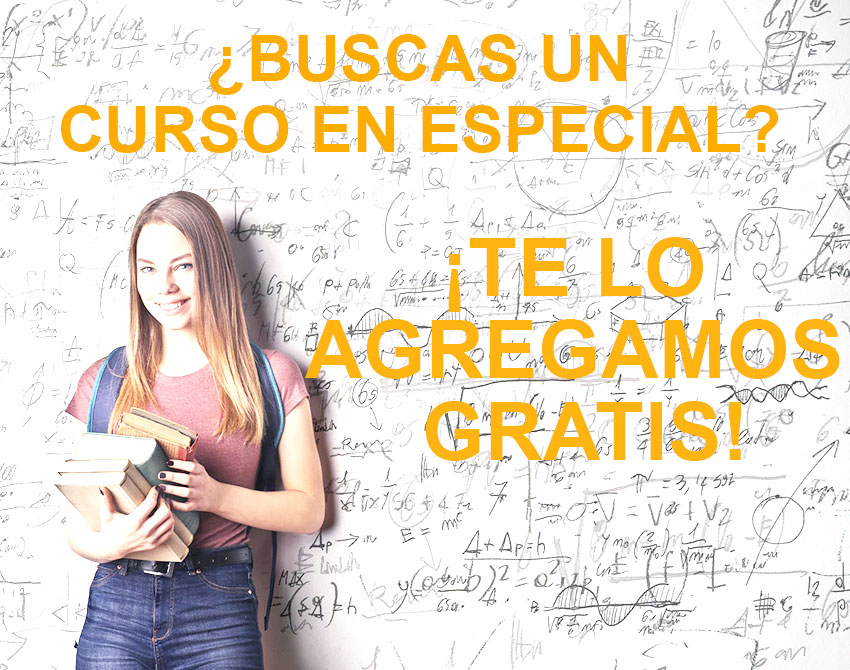Description
With this free course of 23 video lessons you will learn about the most important concepts of Papiroflexia Origami
Origami (折り紙?) or papyroflexia (from Latin papȳrus, 'paper' and flexus, 'fold') is an art that consists of folding paper without using scissors or glue to obtain figures of varied shapes, many of which could be considered as paper sculptures. In a specific sense, origami is a type of papiroflexia of Japanese origin that includes certain restrictions, (for example, it does not allow cuts on paper and is part of certain bases) so origami is papyroflexia but not all papyroflexia is origami.
The particularity of this technique is the transformation of paper into shapes of different sizes based on a square or rectangular initial base that can range from simple models to folds of great complexity. In the origami is modeled the environment that surrounds us and in which we live: Fauna and flora of all continents, urban life, tools of our daily life, mythological animals and endless other figures.
Origami began with paper and has developed very rapidly from the late 1960s to the present day. According to Lafosse we are at the most important historical moment in the history of papyroflexia. New design techniques have been discovered and popularized that have been disseminated thanks to the Internet and origami associations around the world. The incorporation of mathematics is a new topic that was not previously considered and has gained strength in the last 30 years. With the advent of computing since the 1990s, optimizations of paper use and new foundations for complex figures, such as insects, have been possible.






Blanca Estela Caballero Flores –
Good morning I require to take the free origami course please I require information thank you